In the effort to slow global climate change, municipalities have been called the “first responders” with regards to increasing energy efficiency in buildings. The building sector accounts for 72% of electricity use and 36% of greenhouse gas emissions [1]. Local municipalities have found it relatively simple to reduce the carbon footprint of new buildings by updating building codes to require more energy-efficient appliances, heating and cooling systems, and other features. However, due to the long life cycle of existing buildings, more creative solutions have been developed to update existing buildings and reduce the up-front costs that must be paid by property owners. Developed at Cal-Berkeley and first implemented in Bay Area communities, financial mechanisms have been developed called Property Assessed Clean Energy (PACE) that address many of the challenges associated with improving the energy efficiency of residential and commercial buildings.
So what exactly is PACE? Local municipalities can create PACE programs that give loans to property owners to help fund energy-efficiency projects on their properties [2]. These projects must be attached to the property and usually include solar thermal and solar PV systems, efficient insulation, efficient doors and windows, some appliances, and some water-saving measures. These improvements are designed to reduce energy demand, and the financing program allows the owners to receive a loan that is repaid over a typical period (20 years) as a property tax assessment. The loan is attached to the property as a lien. The improvements are then connected to a specific property instead of an individual like most loans and mortgages. The up-front capital comes from a municipal program that is funded by municipal bonds. Only the property owners that choose to utilize the program will pay higher property tax rates in order to repay the loans. If property owners choose to sell the property, the costs of the improvements will then be paid in the same manner by the next owner [3].
One of the aims of this program is to combat the barrier of high up-front costs for property owners [4]. Using PACE encourages property owners to invest because they can begin to see immediate net energy savings long before their investments have been paid off. In addition, their investment is not wasted if they choose to move. Because the program is run by municipalities, the bonds that supply the program’s funding can secure low-interest rates. In addition, municipalities can certify contractors as well as provide trusted information sources to interested citizens. PACE programs in any community help to spur economic growth in that community. The Brookings Institute estimates that every $4 million in PACE funds spent by property owners results in $ 10 million of economic output, $1 million in local, state, and federal tax revenue, and at least 60 jobs [5]. It is estimated that if 1% of the 75 million owner-occupied homes in the U.S. use PACE to invest an average of $20,000 each, 226,000 jobs will be created across the country.
For all of the benefits of PACE, there are several limitations. PACE financing only applies to improvements on the property, so energy-efficient appliances and lighting that property owners can move with them cannot be financed. In addition, lease property owners have little incentive to use PACE financing because energy-efficiency improvements reduce their tenants’ utility bills. PACE programs in large urban centers also have difficulty catching on due to the presence large-scale residential buildings. In addition to these challenges, the Federal Housing Finance Agency (FHFA) has recently blocked scale-up of residential PACE programs.
In July 2010, the FHFA recommended to government housing finance arms Fannie Mae and Freddie Mac that they should not buy securitized mortgages that have PACE liens attached to them. Because the PACE liens placed on properties take priority over mortgage liens, the FHFA stipulated that PACE financing creates significant risks for lenders and mortgage holders. These are legitimate concerns for the massive housing financing arms; unfortunately, these moves have derailed a promising solution to overcoming clean energy barriers [6]. The state of California has led the charge in the courts against the FHFA, but many of communities in the 28 states that have approved the creation of municipal PACE programs have put program development on hold until the FHFA approves properties with PACE liens.
Despite all of the setbacks for PACE, the programs are beginning to flourish in parts of California such as Sacramento and the Bay Area. In addition, there is bipartisan support in Congress for PACE programs as evidenced by $150 million of federal funds provided by the American Recovery Act and HR2599, a bill introduced in July 2011 that would prevent the FHFA from contravening in local and state PACE programs. While there is great potential for PACE programs to further develop, the financial and policy setbacks must be addressed by Congress, President Obama, financial agencies and state leaders. PACE programs have been shown as a great way to reduce energy demand, pass savings on to property owners, create jobs, and develop clean energy infrastructure.
Sources:
[1] http://rael.berkeley.edu/sites/default/files/berkeleysolar/HowTo.pdf
[2] http://www.statutes.legis.state.tx.us/Docs/LG/htm/LG.376.htm#376.001
[3] http://pacenow.org/about-pace/what-is-pace/.
[4] http://www.dsireusa.org/incentives/incentive.cfm?Incentive_Code=TX81F&re=1&ee=1
[5] http://www.brookings.edu/~/media/Research/Files/Papers/2012/11/13%20federalism/13%20housing%20energy%20efficiency.pdf
[6] http://latimesblogs.latimes.com/money_co/2010/07/fannie-freddie-freeze-pace-energyefficiency-retrofit-financing-programs.html

![Sulfur Polymer Sample and Elemental Sulfur [1] Sulfur Polymer Sample and Elemental Sulfur [1]](https://i0.wp.com/images.dailytech.com/nimage/Sulfur_Polymer_UA_Petri_Wide.jpg)
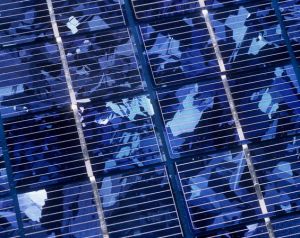
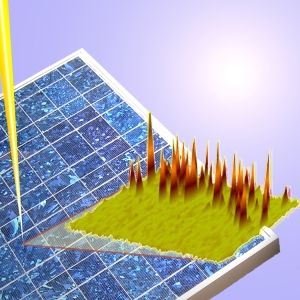
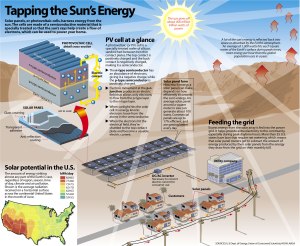

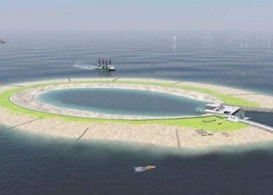
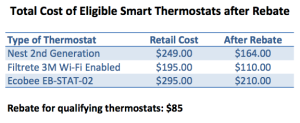
You must be logged in to post a comment.